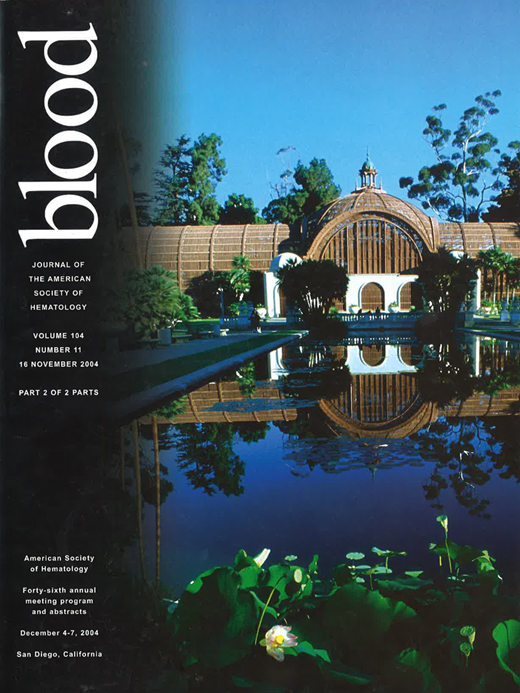Abstract
Point mutations in the kinase domain of BCR-ABL are the most common cause of resistance to imatinib therapy in CML. Y253H, E255K, T315I, and M351T are among the most frequently reported point mutations in imatinib-resistant CML patients. Data from our lab and others has shown that T315I and E255K are detectable in some CML patients prior to imatinib therapy using relatively insensitive methods, whereas other mutations have only been detected after initiation of imatinib therapy. Additionally, some mutations persist while others become undetectable after discontinuation of imatinib treatment. Finally, mutations in the P-loop (phosphate binding loop) are associated with a worse clinical prognosis. Collectively, these epidemiological observations suggest the following model: some BCR-ABL point mutations confer gain-of-function relative to wild-type BCR-ABL that leads to excess proliferation, thereby explaining detection prior to imatinib-mediated selection. Conversely, mutations whose prevalence declines relative to wild-type BCR-ABL after cessation of imatinib therapy are hypomorphic, loss-of-function mutants. Here we provide biochemical and genetic evidence supporting this model. Primary murine bone marrow transformation assays using BCR-ABL-expressing retroviruses indicate that certain mutants (Y253H, E255K, T315I) indeed have greater oncogenic potency whereas other mutants have reduced transforming capacity when compared to wild-type BCR-ABL. To elucidate the molecular basis for the variable phenotypes of the different BCR-ABL mutants, we first examined the kinase activity of wild-type versus mutant full-length BCR-ABL. Utilizing GST-CrkL as a BCR-ABL specific substrate and myelin basic protein as a general kinase substrate, as well as by measuring levels of autophosphorylated BCR-ABL, we found that the kinase activities of Y253H, E255K, and T315I were essentially identical to wild-type BCR-ABL and the kinase activity of M351T was decreased approximately 2-fold. Therefore, altered intrinsic kinase activity may account for the variable transforming ability of some (M351T) but not all (Y253H, E255K, T315I) BCR-ABL mutants. We next looked for biochemical differences in the signaling properties of these BCR-ABL mutants. Wild-type and mutant BCR-ABL proteins were immunoprecipitated from stably expressing IL-3-independent Ba/F3 cells, then kinase assays were performed to determine if the mutants bind and subsequently phosphorylate different substrates. These experiments show that certain mutants (Y253H, T315I, M351T) bind and phosphorylate substrates distinct from wild-type p210 BCR-ABL. The identity of these substrates is currently under investigation by mass spectrometry, as these substrates have the potential to activate alternative signaling pathways. We conclude that certain BCR-ABL mutations, in addition to conferring imatinib-resistance, also influence the oncogenicity of BCR-ABL by altering intrinsic kinase activity or substrate selection. These studies provide molecular insight into why certain mutations are associated with a poor prognosis, and elucidation of the alternative signaling pathways activated by these mutants may provide novel therapeutic targets for imatinib-resistant CML.
Author notes
Corresponding author

